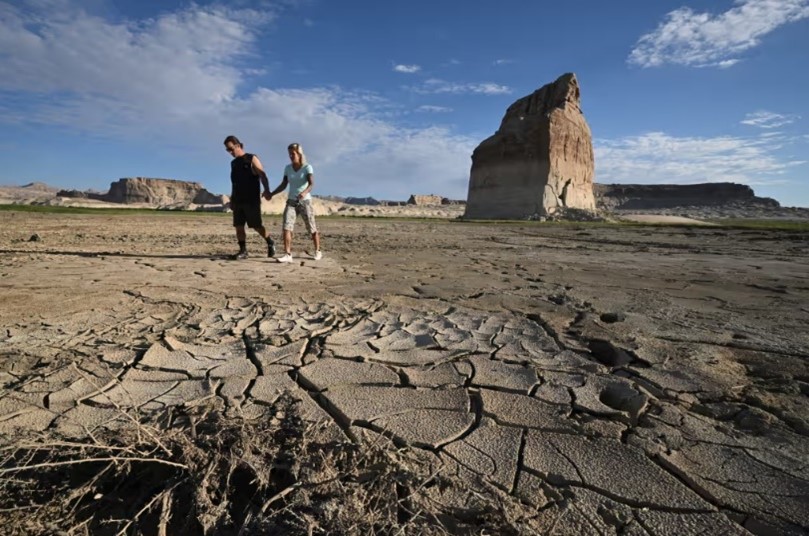
Even as autumn progresses, drought conditions continue to worsen. This week, 150 million people in the U.S. — nearly 34% more than last week and 150% more than last month — are facing drought. The drought's impact on crops has also risen by 57% since last month, affecting over 318 million acres. This crisis illustrates the severe effects of global warming, largely driven by human activities such as fossil fuel burning.
Experts report that high temperatures, not just reduced rainfall, are exacerbating these droughts by quickly drying the earth and atmosphere. Dr. Lifeng Luo, an environmental science professor at Michigan State University, noted that "extremes in both directions" can result from climate change. Heavy rainfall may fail to penetrate the soil, resulting in runoff and floods rather than replenishing groundwater supplies.
City and state leaders nationwide are implementing various measures to address the crisis. For example, New York City's mayor, Eric Adams, has urged residents to conserve water by watering lawns less frequently and flushing only when necessary. However, as Dr. Luo observed, such actions have limited impact on reversing a drought.
According to the National Integrated Drought Information System, droughts heighten reliance on groundwater, which provides over 40% of the water used in U.S. agriculture and domestic supplies. Increased pumping can deplete future supplies, while the drought in California, which depends heavily on agriculture, cost the state $1.7 billion in crop revenue in 2022.
Droughts also reduce water levels in rivers and waterways, limiting transport routes and cargo capacity, which raises transportation costs and, ultimately, consumer prices for goods, groceries, and other commodities. "Droughts impact water resources, agriculture, transportation, and the overall economy," Dr. Luo added, emphasizing that sustained precipitation is essential for widespread relief, though achieving this remains complex.